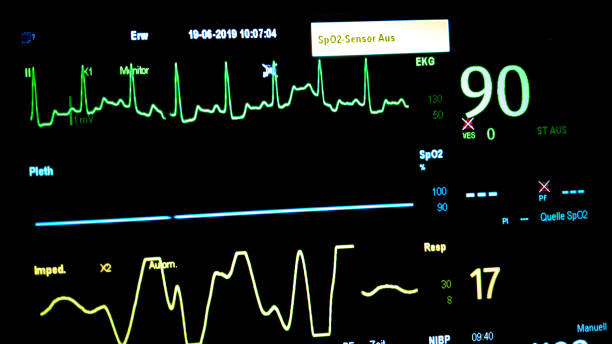Introduction:
Postoperative tachycardia is a not unusual occurrence in sufferers who’ve gone through surgical strategies. Defined as an extended heart fee above the ordinary range in the postoperative period, this physiological reaction is mostly a result of the complex interaction among surgical strain, anesthesia, and the patient’s pre-existing health situation. While postoperative tachycardia is typically brief and self-restricting, expertise its reasons, ability headaches, and suitable control are important for optimizing the affected person’s consequences.
Causes of Postoperative Tachycardia:
Surgical Stress:
Postoperative tachycardia is regularly attributed to the pressure reaction brought about with the aid of surgical operation. The release of stress hormones inclusive of cortisol and catecholamines triggers a boom in heart rate as a part of the body’s fight-or-flight reaction. The importance of surgical trauma, the extent of tissue damage, and the period of the method can have an impact on the severity of this response.
Anesthesia Effects:
The administration of anesthesia, mainly inhalational retailers and intravenous medicinal drugs, can affect the autonomic frightened device, leading to changes in coronary heart rate. Anesthetic agents might also affect the responsiveness of the cardiovascular gadget to various stimuli, contributing to postoperative tachycardia.
Pain and Discomfort:
Postoperative ache is a not unusual cause of tachycardia. Pain activates the sympathetic worried machine, main to a growth in heart rate. Adequate pain control is vital no longer for the affected person’s comfort but additionally for mitigating the cardiovascular results of aches.
Fluid and Blood Loss:
Intraoperative fluid shifts and blood loss can bring about hypovolemia, main to reduced cardiac output. The body compensates for this using growing coronary heart fees to preserve perfusion to important organs. Adequate fluid resuscitation is vital in stopping and managing postoperative tachycardia related to hypovolemia.
Complications of Postoperative Tachycardia:
Myocardial Ischemia:
Prolonged or extreme postoperative tachycardia may additionally increase myocardial oxygen demand, probably main to myocardial ischemia in patients with underlying coronary artery sickness.
Hemodynamic Instability:
Persistent tachycardia can result in hemodynamic instability, affecting blood strain and cardiac output. This may be in particular intricate in sufferers with pre-existing cardiovascular conditions.
Arrhythmias:
Postoperative tachycardia increases the danger of developing arrhythmias, consisting of atrial traumatic inflammation or atrial flutter. These arrhythmias can further complicate the recuperation system and can require unique interventions.
Management of Postoperative Tachycardia:
Monitoring and Early Recognition:
Continuous tracking of vital symptoms, which includes heart price, is critical within the postoperative period. Early reputation of tachycardia allows prompt intervention and stops the development of more severe complications.
Pain Management:
Adequate pain manipulation is essential in lowering sympathetic activation and preventing tachycardia. A multimodal method, inclusive of pharmacological and non-pharmacological interventions, has to be employed to cope with postoperative pain.
Fluid Resuscitation:
Maintaining the most desirable intravascular extent is vital to preventing tachycardia associated with hypovolemia. Fluid resuscitation has to be guided by way of the affected person’s hemodynamic popularity, with attention to factors that include urine output and critical venous strain.
Beta-Blockers:
In selected cases, particularly while tachycardia is continual or associated with big cardiovascular risk, beta-blockers can be taken into consideration. These medicines can help reduce coronary heart fees and myocardial oxygen demand.
Addressing Underlying Causes:
Identifying and addressing the underlying reasons for postoperative tachycardia, such as infection or electrolyte imbalances, is essential. Comprehensive affected person evaluation and centered interventions can contribute to effective management.
Conclusion:
Postoperative tachycardia is a not unusual physiological reaction to surgical treatment, prompted by the aid of a couple of elements. While frequently brief and self-limiting, it’s miles important for healthcare carriers to be vigilant in monitoring patients and implementing appropriate interventions. A comprehensive method that addresses the underlying reasons, optimizes pain management, and guarantees hemodynamic stability is key to preventing headaches and facilitating a smooth restoration for surgical patients.

